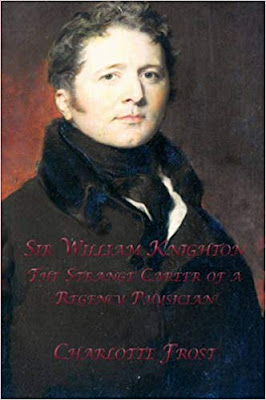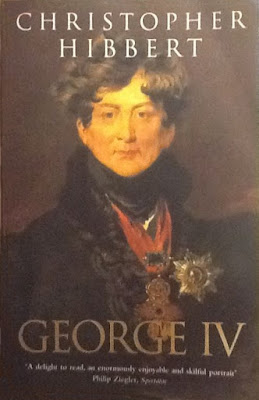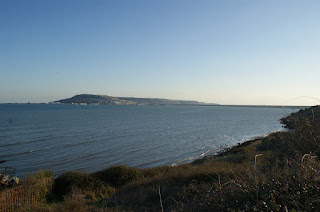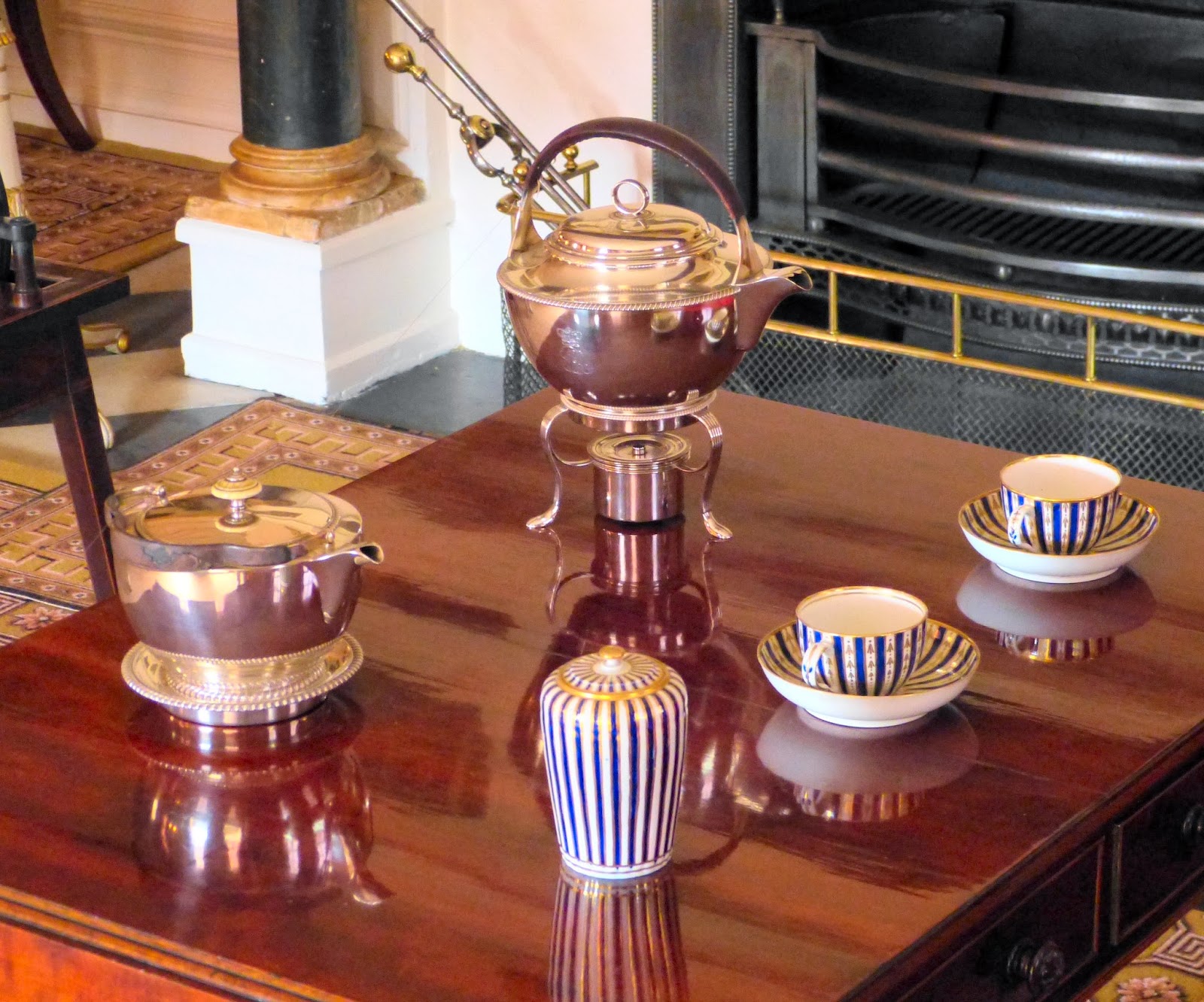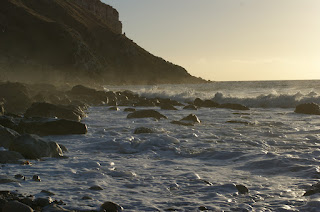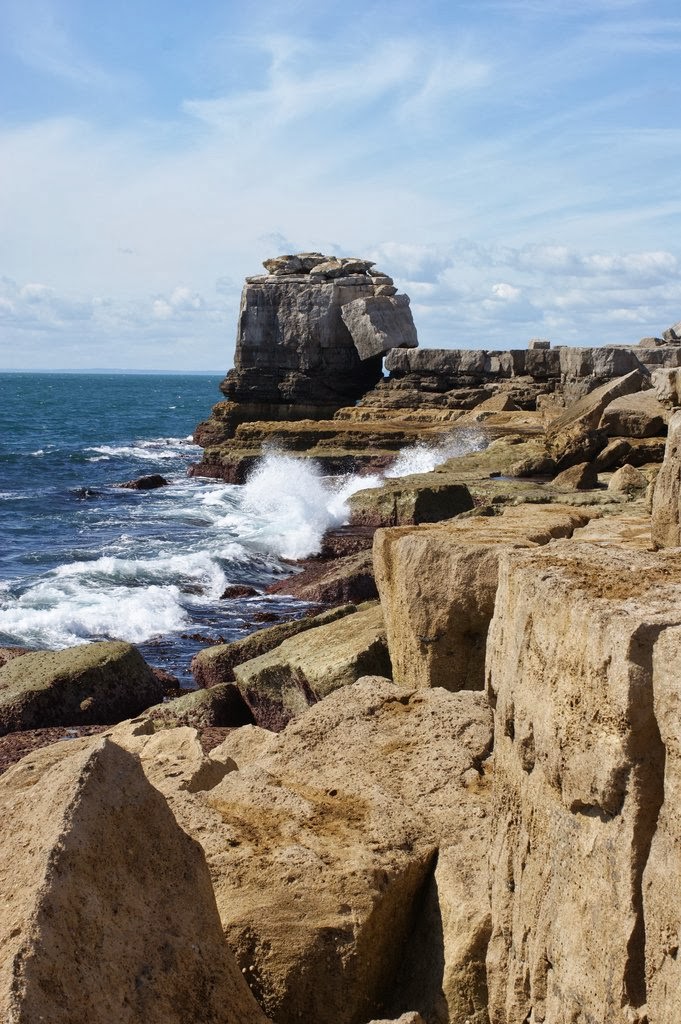 |
Sir William Knighton
from Memoirs of Sir William Knighton
by Lady Knighton (1838) |
Confidential advisor to the Regent
In 1812, Knighton was appointed physician-in-ordinary to the future
George IV. It was soon evident that Knighton was George’s new favourite. In January 1813, Knighton was created a baronet. To receive this honour after being physician-in-ordinary to the Regent for only a year was exceptional. But Knighton’s services to the Regent were by no means limited to the medical sphere. George increasingly relied upon Knighton to conduct his confidential business as well as to provide him with emotional support following the deaths of
Princess Charlotte in 1817, his mother in 1818 and his brother, the
Duke of Kent, and
his father in 1820.
 |
Sir William Knighton's coat of arms
from Debrett's Baronetage of England (1835)
|
 |
The entry for Sir William Knighton, Baronet,
in Debrett's Baronetage of England (1835) |
The McMahon affair
In 1817, the Regent was faced with a potentially explosive situation. His private secretary, Colonel McMahon, was dying, losing his mind due to alcohol abuse after the death of his wife. George feared that McMahon might have damaging papers in his possession, in particular, papers regarding his secret marriage to
Mrs Fitzherbert. It was to Knighton that George entrusted the task of retrieving them. Knighton duly visited McMahon and extracted various papers and letters from his possession and waded through them on George’s behalf, organising those that should be kept and destroying any that might incriminate George.
‘Private secretary’ to the King
Despite Knighton’s growing influence, McMahon was replaced by Benjamin Bloomfield as private secretary. This was not a happy appointment. The relationship between Bloomfield and George deteriorated and eventually, George agreed to abolish the role of private secretary in order to be rid of him.
Despite the abolition of the role, Knighton effectively became George’s secretary, unofficially and therefore unpaid. Officially, he became the Auditor of the Duchy of Cornwall in 1818 and was made Keeper of the Privy Purse in September 1822, having by then given up his medical practice in order to devote himself to the King’s service.
Knighton exerted great influence over George and controlled his expenditure by requiring tradesmen to only accept orders signed by himself. The Memoirs confirm that Knighton made the Privy Purse debt-free though they do not describe quite how he achieved it!
 |
George IV
from Memoirs of George IV
by Robert Huish (1830) |
On His Majesty’s Secret Service
Knighton travelled with George to Hanover in September 1821, and again to Scotland in August 1822. But as well as these public trips, George relied upon Knighton to liaise with his government and transact his personal business. He made several trips to the German states to deal with George’s family affairs and secret trips to France to attend Lady Conyngham’s dying son.
He was also commissioned to buy up unfavourable newspaper reports concerning George’s relationship with Lady Conyngham and help silence the controversy over an unpaid loan from an entrepreneur called De Beaune which had been stirred up by a pamphlet called
The Royal Criterion.
Another secret mission was to deal with the famous courtesan, Harriette Wilson, who was publishing her memoirs, and offering to omit the names of her previous lovers for a price. It appears that she had obtained incriminating correspondence between Lady Conyngham and John Ponsonby, to whom she had been engaged and had later become one of Harriette Wilson’s lovers.
Opposition
Despite Knighton’s position of influence, he was refused a seat on the Privy Council by Lord Liverpool, who cited his earlier profession as the main objection. The secrecy concerning many of Knighton’s actions increased the suspicion concerning his role and laid his conduct open to speculation and rumour. On 18 February 1828, he was openly criticized by Thomas Duncombe in the House of Commons as the “secret influence behind the throne”. He was also subject to attacks from the press, who caricatured his invisible influence on the King.
The devoted servant
Knighton worked unceasingly in George’s service. Often he would be summoned to urgently attend George’s side. George addressed him frequently as “my dear friend”, signing himself as “ever your most affectionate friend.” The strain took a toll on Knighton’s health and he suffered from bouts of ill health and depression from as early as 1825.
Knighton had truly become part of George’s family. But as such, he felt unable to resign; it was possible to resign from a position, not from a family.
Royal influence
Knighton often acted as intermediary between the King and his subjects. He promoted the interests of Robert Southey, David Wilkie, Sir Thomas Lawrence and Sir Walter Scott. Lawrence and Scott in particular became good friends.
 |
Sir Walter Scott (1808)
from Waverley |
Death of George IV
On 26 June 1830, George IV died.
Knighton wrote to his wife: “Thus ended the life of George the Fourth, one of the cleverest and most accomplished men in Europe – full of benevolence! There will be many to deplore his loss. It is impossible for me to quit this place at present; I have a weight of care before me not be described...My health has suffered much, and I am at this moment more dead than alive.”
Life after George
As George’s executor, Knighton was involved in dealing with the King’s affairs for many months. Together with the Duke of Wellington, he went through all George’s letters and papers, destroying anything that might be damaging to the late King. Eventually, he was able to retire to family life at Blendworth Cottage in Blendworth, Hampshire. But the exertions of his life at court had taken their toll and his health remained poor. He died on 11 October 1836.
Read more about
Sir William Knighton, Regency physician
Sources used include:
Courthope, William (ed),
Debrett's Baronetage of England (Rivington, 1835)
Frost, Charlotte,
Sir William Knighton: The Strange Career of a Regency Physician (Authors OnLine, 2010)
Hamilton, J A,
Knighton,
Sir William, first baronet (1776-1836), revd Judith Schneid Lewis, Oxford Dictionary of National Biography (Oxford University Press, 2004, online edn, May 2009)
Hibbert, Christopher,
George IV (©1972, 1973; Penguin, 1976)
Knighton, Lady,
Memoirs of Sir William Knighton, Volumes I and II (London, Richard Bentley, 1838)
Parissien, Steven,
George IV, The Grand Entertainment (John Murray, 2001)


